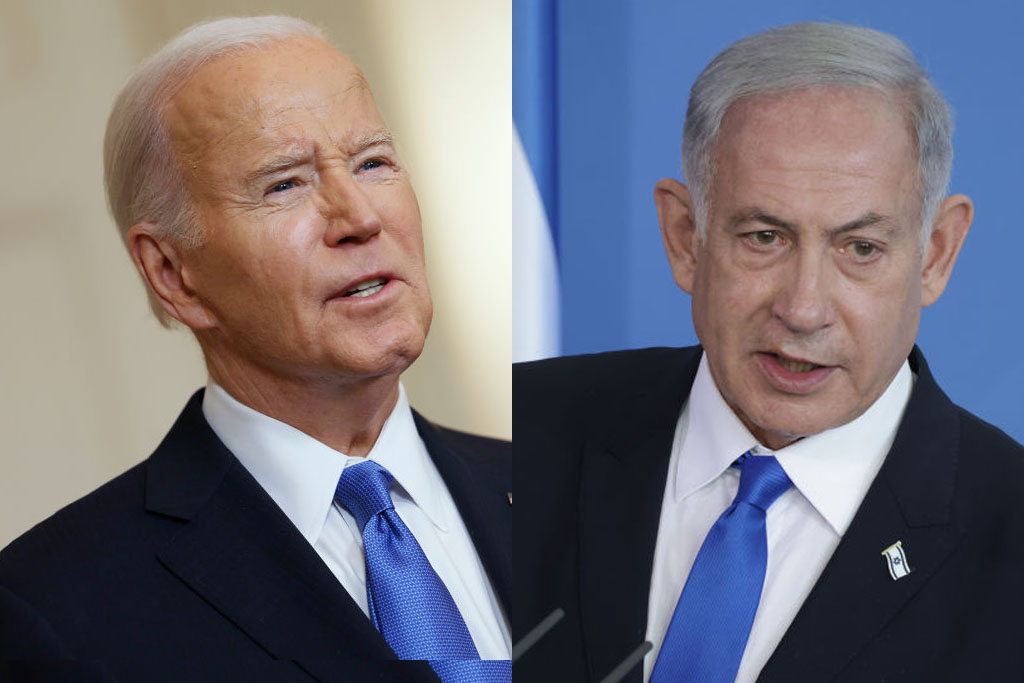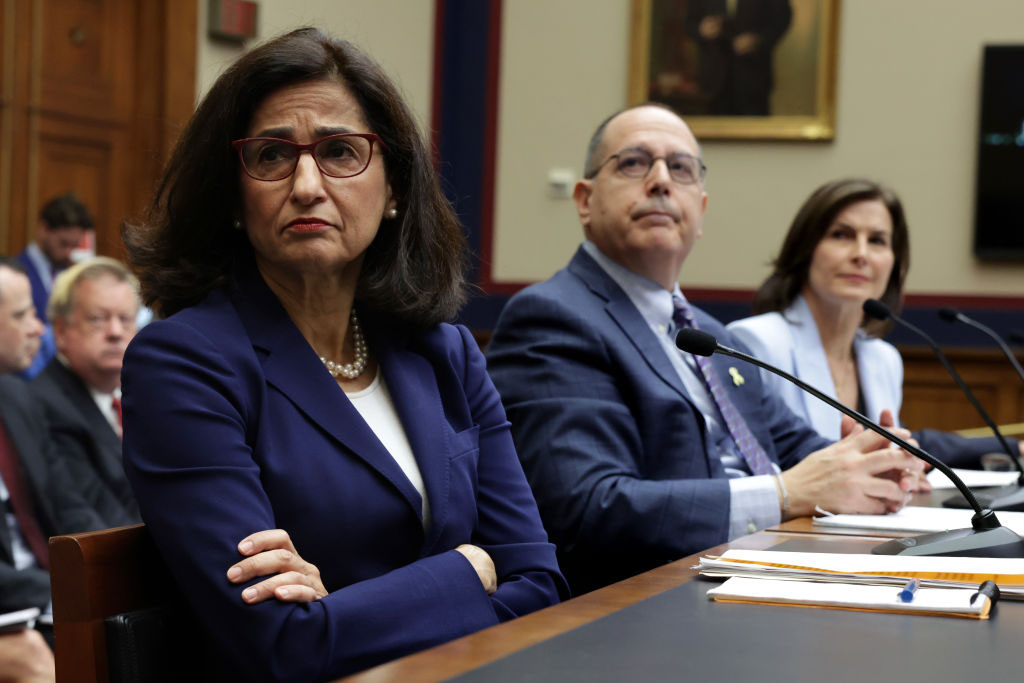When asked if we’re monotheists, most Jews will hardly flinch before answering, “Yes.”
But what does monotheism really mean in the context of the Bible, American Jewish University professor Ziony Zevit asks?
“Is it the belief-in-angels monotheism? Is a Christian still a monotheist if he or she believes in the devil? When you put up a hamsa to ward off evil spirits, and you believe in these entities that are not under God’s control, are you still a monotheist?” Zevit, who teaches biblical literature and Semitic languages, posed these questions on a recent morning, adding, “All of this makes things complicated.”
For the past 18 years, Zevit has run AJU’s Whizin Center for Continuing Education’s Biblical Archaeology program, exploring questions related to ancient Jewish history through public lectures with archaeologists and scholars. This season, in an all-day event on Jan. 10, a roster of esteemed panelists will dissect the biblical meaning of monotheism and how the concept has influenced modern religious thought.
On the discussion panel with Zevit will be Mark Smith, Skirball Professor of Hebrew and Near Eastern Studies at New York University, who will discuss “The Old and the New in Israelite Monotheism”; Barry Gittlen, professor of biblical and archaeological studies at Towson University, who will give “An Archaeological Introduction to Biblical Cult Places and Images”; Jeffrey Tigay, A.M. Ellis Professor of Hebrew and Semitic Languages at the University of Pennsylvania, who will talk about “Monotheism in the Hebrew Bible”; and Steven Fine, professor of Jewish history at Yeshiva University in New York, who will discuss “The Archaeological Evidence for Monotheism in Synagogues and Churches in the Roman World.”
Ancient Israel and the Bible are not the same thing, Zevit stresses — often, archaeology turns up evidence of religious practices the Bible says should not exist. “Ancient Israel is all of the people who actually lived in the land of Israel. We have access to them through the books of the Bible, but also through archaeology,” he said. “What we want to find out is, how did they really live?”
Over time, archaeologists have uncovered an increasingly realistic portrait of ancient Israeli culture, which, scholars now know, included temples with double altars (signifying the worship of more than one deity) and religious images depicting beliefs forbidden in the Bible. “The Bible speaks out against certain practices, but then we find archaeological evidence of what those practices really were,” Zevit said. “How do we reconcile the two?”
Visitors to the lecture should come away with a more textured idea of what monotheism means and how it was observed in different historical periods, he added.
This year, for the second time, the Biblical Archaeology program is offering a single, intensive day of discussion instead of a series of shorter talks, to give audiences a more in-depth view of the topic, Zevit said. Previous seasons have featured lectures on family religion during the exodus from Egypt, the archaeology of rabbinic Judaism in the early Christian period and how the Bible is represented in film.
Visitors to Zevit’s lectures often come away with as many new questions as answers about the origins of their faith, he said.
“Anyone who walks into our lecture program is there to have fun and because they’re curious about something,” he said. “What we’re doing is ‘edutainment.’ When you walk away, you have food for thought — you’ve learned something, and you are a better-informed person than when you walked in.”
Tickets to the Jan. 10 event are $50 and include lunch. For more information, call (310) 440-1246 or visit
Did you enjoy this article?
You'll love our roundtable.
Editor's Picks



What Ever Happened to the LA Times?

Who Are the Jews On Joe Biden’s Cabinet?


No Labels: The Group Fighting for the Political Center
Latest Articles





Print Issue: Sitting With Rebels | April 19, 2024










 More news and opinions than at a Shabbat dinner, right in your inbox.
More news and opinions than at a Shabbat dinner, right in your inbox.